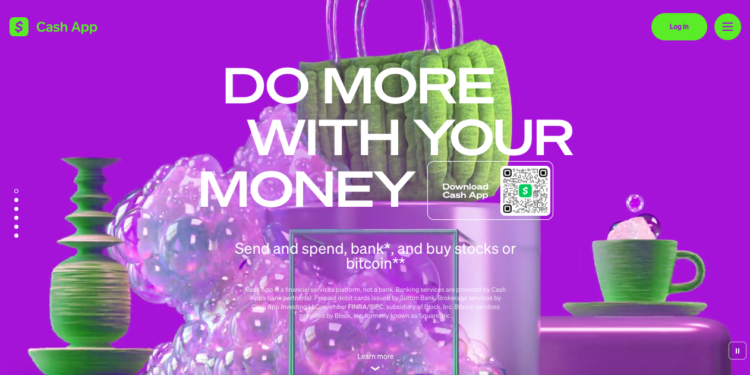Introduction
In the era of digital transactions, Cash App has emerged as a convenient platform for swift and hassle-free money exchanges. However, users occasionally encounter challenges, and one prevalent concern is the scenario where a payment on Cash App appears as completed, yet the intended recipient has not received the funds i.e. cash app payment completed but not received. In this comprehensive guide, we will unravel the potential causes behind this issue and provide practical solutions to ensure a seamless experience with Cash App transactions.
Understanding the Issue
The essence of the problem lies in the discrepancy between the completion status displayed on Cash App and the actual receipt of funds by the intended recipient. This discrepancy can lead to frustration and concerns about the reliability of the transaction.
Possible Causes
1. Insufficient Balance
Cash App transactions require a sufficient balance in the sender’s account. If there aren’t enough funds, the payment may be marked as completed, but the recipient won’t receive anything. Users are advised to check their Cash App balance and reload their account if necessary.
2. Poor Internet Connectivity
Stable internet connectivity is crucial for seamless transactions on Cash App. Payments may not be processed correctly if there are issues with the network. Waiting for better connectivity or switching to a different network can help resolve this.
3. Expired Card
Cash App does not accept payments from expired debit cards. Users should ensure that their linked cards are valid and up-to-date by checking the expiration date and updating card information if needed.
4. Server Issues
Technical glitches or server problems, either on Cash App or the user’s bank’s end, can disrupt payment processing. Users are encouraged to check the server status using tools like DownDetector and contact customer support if necessary.
5. Payment Limit
Cash App imposes daily limits on sending and receiving payments. Users should be aware of these limits and adjust them if necessary through the app settings.
6. Suspicious Activity
Payments from unknown or anonymous sources may be flagged as suspicious. Users should manually accept or decline such payments based on their assessment of legitimacy.
7. Typos
Inaccuracies in the recipient’s phone number, email, or $Cashtag can result in failed payments. Double-checking and correcting payment details can help avoid this issue.
8. Payment Method
Cash App may use a different payment method than intended, such as a bank account instead of a debit card. Users should select their preferred payment method before confirming transactions.
Read also How To Deactivate WhatsApp Account From Multiple Devices – A Comprehensive Guide.
Troubleshooting Steps
A. Verify Transaction Status
Users should check the status of the completed transaction within the Cash App interface. Understanding different transaction statuses can provide insights into the issue.
B. Contact Cash App Support
If problems persist, users are encouraged to reach out to Cash App customer support. Providing a detailed description of the issue will facilitate prompt assistance.
C. Review Transaction Details
It’s crucial to review transaction details, including recipient information and payment amount. Addressing discrepancies in details is essential for successful transactions.
Conclusion
Resolving the dilemma of “Cash App Payment Completed but Not Received” requires a systematic approach. By understanding the potential causes and following the recommended troubleshooting steps, users can navigate this challenge and continue to enjoy the efficiency and convenience that Cash App offers in the realm of digital transactions. Stay informed, stay vigilant, and make the most of your Cash App experience. For more information related to any technological issue and guides, visit invasioned.



